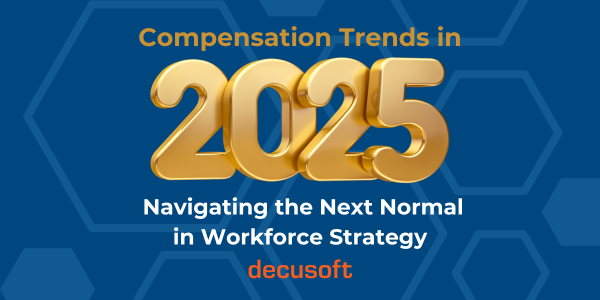Expertise in diverse research methods. A full range of data analysis skills. Strong spreadsheet knowledge. While these attributes are commonly attributed to finance, market research and engineering functions in an organization, they are often a business critical function in the Human Resources department as well. The fact is, that while many compensation pros in HR rely heavily on spreadsheets, they may depend on them more than they should.
In 2016, Ventana Research conducted a study that focused on how spreadsheets impacted the productivity of Human Resources departments. They discovered that 76% of organizations admit to difficulty using spreadsheets, which caused an impact on their overall efficiency when administering compensation programs.
Let’s look at the top five issues that arise when HR professionals resort to using spreadsheets for critical calculations regarding employees, including compensation, benefits and more:
– Organizations must dedicate more resources to training and education, not only on the spreadsheet’s primary purpose, but on the mechanics of it, as well.
– Due to lengthy spreadsheet distribution cycles, more time may be required for implementation.
– Security requirements may be compromised.
– More time and additional processes may be required to design a spreadsheet that can achieve the desired results, resulting in internal frustration and disruption.
– There’s a greater opportunity for errors, and tracking becomes more complex as employees struggle to maintain the spreadsheet that manages their compensation programs.
With that being said, now may be the time to take pause and determine if using a spreadsheet is really the most effective method to managing a business-critical process such as compensation, when there are software solutions that can automate and simplify the process for you.
That is not to say that spreadsheets are never appropriate; sometimes they’re necessary. But, the next time you automatically begin to use a spreadsheet for compensation calculations, you may want to take a step back to weigh its impact on your productivity, and investigate another solution.




